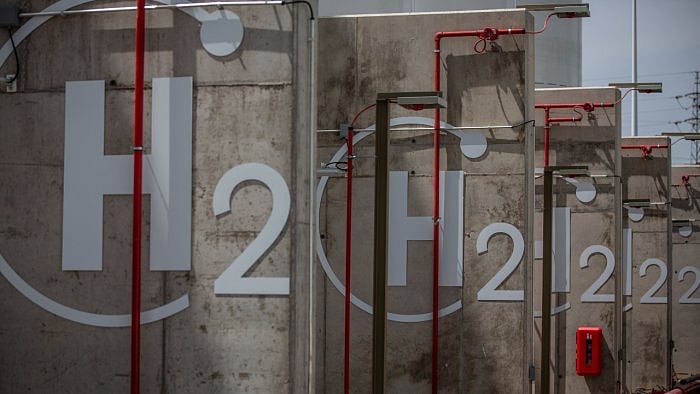
The National Green Hydrogen Mission, set up by the government last week, is an important initiative to develop an alternative source of energy. The Rs 19,700-crore mission has an investment target of Rs 8 lakh crore by 2030 and is expected to achieve a hydrogen production capacity of 5 million metric tonnes, with an employment potential of six lakh jobs. Hydrogen is considered to be the fuel of the future which will be cheap, clean, accessible and reliable. The mission will work to build domestic capabilities in the production of hydrogen, which is available in plenty but has to be segregated for use. Technologies for this are still at a nascent stage the world over, and so India has the advantage of starting early. In the case of many other technologies, the country is far behind many other countries and so catching up is marked by many constraints and is costly.
Hydrogen becomes an important alternative because of the various problems associated with other fuels. Hydropower potential is limited and there are environmental and other issues connected with it. Fossil fuels like coal, petrol and natural gas have to be phased out at the earliest because of the carbon hazard they pose. India has made strides in solar and wind energy development, but they are not considered reliable sources of energy, and are seasonal or intermittent. Nuclear energy option is available, but it is not cheap and faces opposition from many quarters. India is a major player in solar energy but is dependent on import of raw materials and components. Hydrogen provides the best option, compared to these other fuels.
Green hydrogen is produced through the electrolysis of water. But the technology is yet to develop and it is not yet cost-effective. The current production cost in India is about Rs 350-400 per kg and it will be viable only if can be brought under Rs 100. Maintenance costs are also high. The Energy and Resources Institute (TERI) has estimated that green hydrogen will become competitive by 2030, as solar energy has become now. But big investments are needed for that, and a lot of research has to go into it. A number of companies in the public sector and the private sector want to ride the hydrogen wagon. The mission should be able to ensure that the country does not get behind in the race. If the present plans go through, the hydrogen revolution will result in a cumulative reduction in fossil fuel imports worth Rs 1 lakh crore and about 50 mmt of annual greenhouse gas emissions. A lot of systematic planning and execution capabilities have to go into it.
